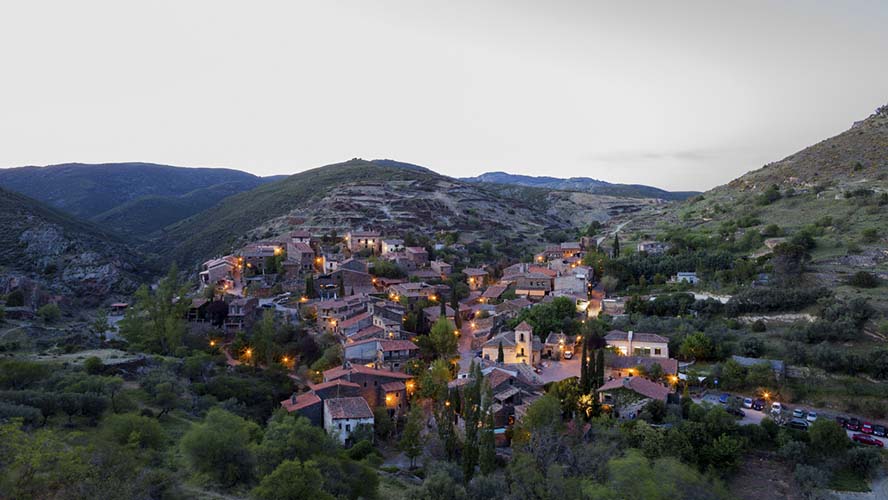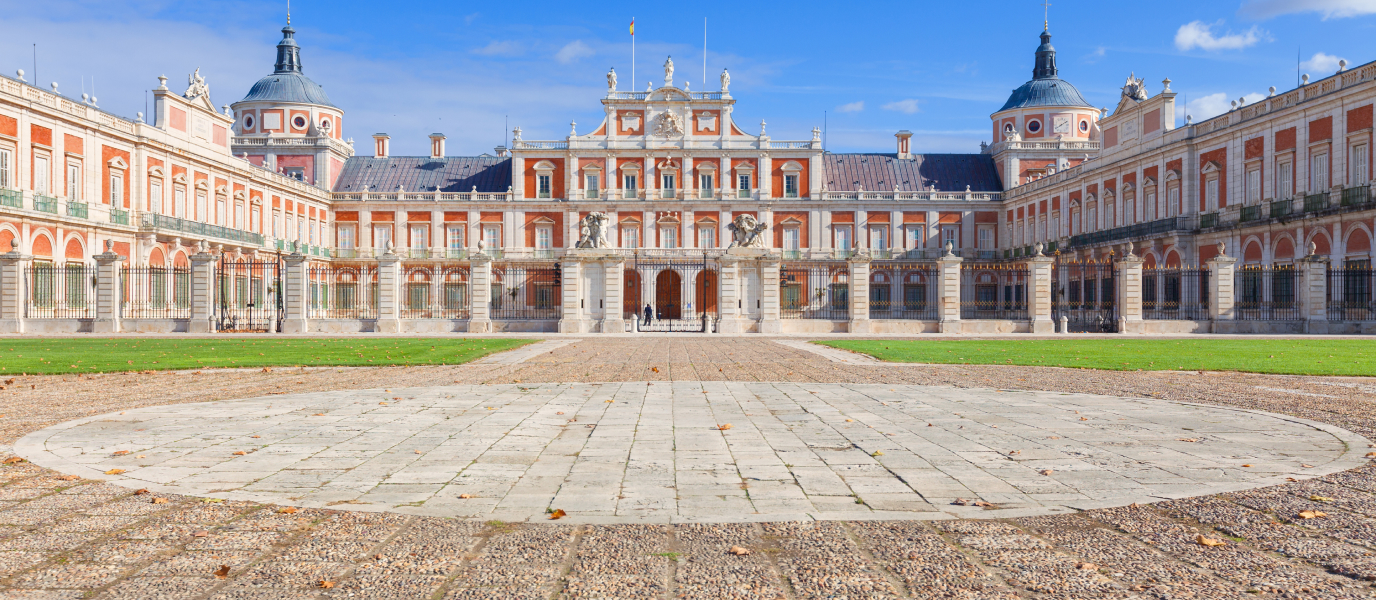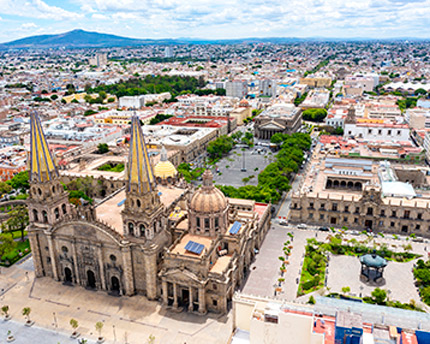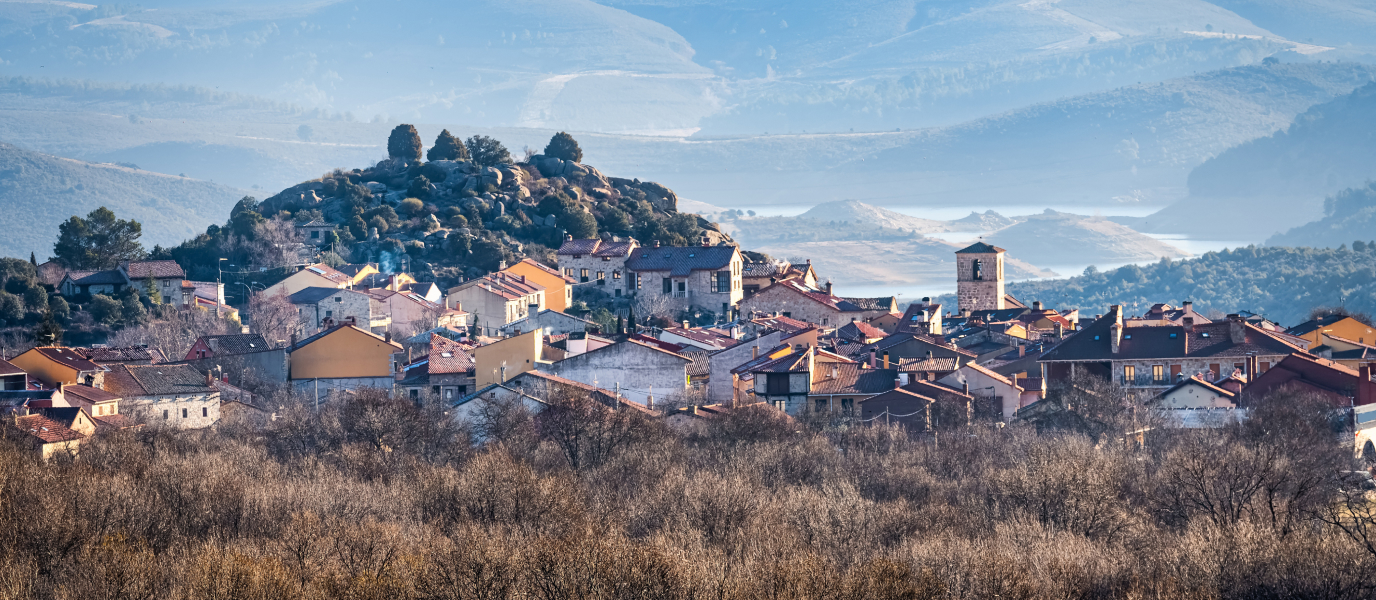Visiting a city as big and frenetic as Madrid is an unforgettable yet exhausting experience. That’s why many visitors choose to take advantage of some of their time in Spain’s capital to enjoy a short break to one of many destinations guaranteeing a lovely, relaxing experience less than an hour and a half away from the city by car. From discovering historic monuments and cities to going water skiing, eating roast suckling pig or staying at a country house in a medieval village. Be sure to take note!
El Escorial Monastery: the kings’ tomb at the feet of the mountains
We begin with an essential place to visit: 62 kilometres away to the north-west of Madrid, at the foot of the Sierra de Guadarrama, is a monumental building visible within a radius of several kilometres. The Monastery of El Escorial, built between 1563 and 1584 by order of King Philip II, is the Pantheon of Kings and a centre of power for the vast Spanish Empire where the ‘sun never set’. Considered an eighth wonder of the world in the sixteenth century and today a UNESCO World Heritage Site, nearly all of the Spanish monarchs after Charles I have been laid to rest in its Pantheon of Kings. Other must-sees include the Kings’ Courtyard, the Basilica, the Library, the Pantheon of Infantes, the Palaces, the Chapter Houses and the Friars’ Garden. What’s more, the beautiful village of San Lorenzo de El Escorial is ideal for a wander, and in the nearby forest of La Herreruela is the Silla de Felipe II, a seat carved into the rock from which it is said the King oversaw the progress of the monastery’s construction.
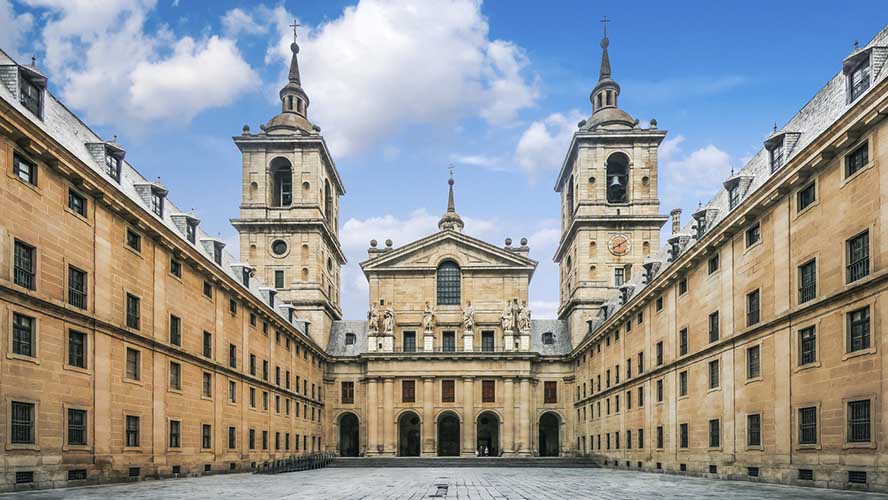
La Granja de San Ildefonso: Segovia’s very own Versailles
80 kilometres away from Madrid to the north-west in the province of Segovia, the Royal Palace of La Granja de San Ildefonso stands as a symbol of the former splendour of the Bourbon monarchy during the eighteenth century. King Philip V, the first Bourbon king, ordered for the construction of this Rococo-style pleasure palace and its spectacular gardens, replete with statues and fountains, which have led many to call La Granja the ‘Spanish Versailles’. A visit would not be complete without seeing the Royal Glass Factory of La Granja, which is still in operation employing artisan techniques since the eighteenth century, and having a good lunch based on its speciality: judiones de La Granja, a dish made using large white beans.
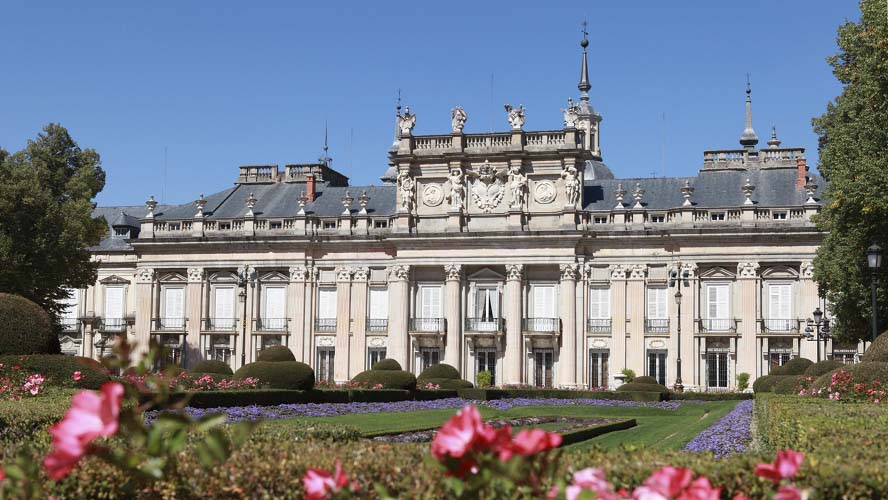
Segovia: much more than a Roman aqueduct
Just 95 kilometres away from the capital to the north-west is a city whose medieval old town has been a UNESCO World Heritage Site since 1985. Segovia, replete with an array of traditional Spanish squares, is an artistic and historical gem, whose magnificent Roman aqueduct from the second century AD, one of the best-preserved in the world, and the spectacular medieval Alcázar, whose form resembles the prow of a boat, cannot be missed. Be sure to visit the Gothic Cathedral, in the Main Square Plaza Mayor, stroll through the former Jewish quarter, discover the beautiful medieval Plaza San Martín and, of course, try suckling pig at Mesón Cándido, a historic restaurant founded in 1905 in the shadow of the aqueduct.
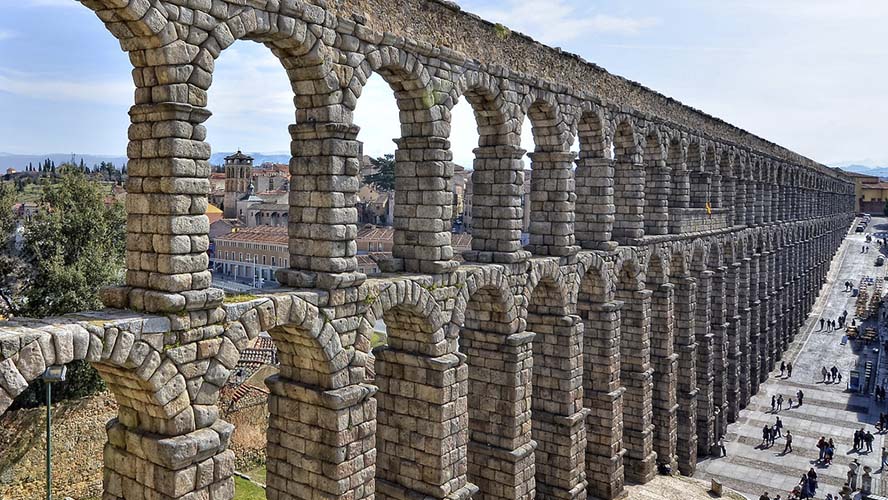
Toledo: the city of the three cultures
Just an hour away by car from Madrid to the south-west is the city of the three cultures, named as such for being a home to Christians, Jews and Muslims over centuries. The city was also the seat of the court of King Charles I and a former Visigoth capital where every corner is steeped in history. Toledo, which lies on the Tagus river, has a medieval layout with some essential places to visit including Plaza de Zocodover, a traditional market square, the Plaza del Ayuntamiento, home to the Archbishop’s Palace, and its famous Gothic Cathedral, erected on the site of a mosque where a Visigoth temple also stood. The temples of other religions also stand out, such as the interesting Cristo de la Luz Mosque, dating from the tenth century but reconverted into a church in the twelfth century, and the synagogues of El Tránsito and Santa María la Blanca, the latter of which resembles a mosque. A visit also wouldn’t be complete without seeing The Burial of the Count of Orgaz, El Greco’s masterpiece, which is housed in the church of Santo Tomé, or the beautiful cloister of the Monastery of San Juan de los Reyes, dating from the fifteenth century. A perfect way to wrap up your stay is by heading to the viewing points on the Tagus river to view the age-old city at sunset.
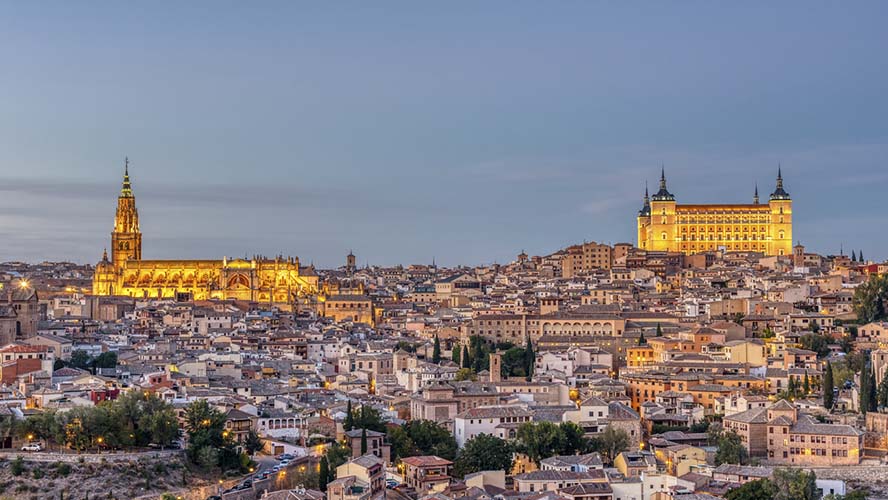
San Juan reservoir: Madrid’s beach
Despite what the song by The Refrescos ‘There’s no Beach Here’ may sing, there actually is a beach in Madrid: just 75 kilometres to the west of the capital, the enormous San Juan reservoir, spanning 650 hectares, is a refreshing alternative for Madrilenians who can’t make it to the coast for their summer holidays. Surrounded by beautiful pine trees and perfect for hiking, the reservoir is the only one in the Autonomous Region of Madrid in which swimming and motorised water sports are permitted. For this reason, it has a marina where you can do a range of activities, such as canoeing, windsurfing, water skiing and paddle surfing, or simply go on a relaxing boat trip through the reservoir. Its restaurants, beachside bars and white sandy coves make you feel as if you were by the sea.
Sierra de Guadarrama
Organising a trip to Navacerrada or Cercedilla is the best option for those who prefer the mountains. Situated to the north-west of Madrid, the two beautiful villages are the perfect starting points for hiking through the Sierra de Guadarrama and classic excursions through the mountains of Siete Picos, La Maliciosa, Peñalara and La Bola del Mundo. In winter, Navacerrada fills with skiers who make the most of every square metre of snow on the slopes of Puerto de Navacerrada and Valdesquí. However, the area is great all year round: in summer, temperatures stay cool and both villages are known for having an array of cultural activities on offer with concerts, theatre performances, exhibitions and outdoor summer cinemas. What’s more, foodies will appreciate their traditional eateries and restaurants, where the star of the show is without a doubt the T-bone steak from the Sierra de Guadarrama.
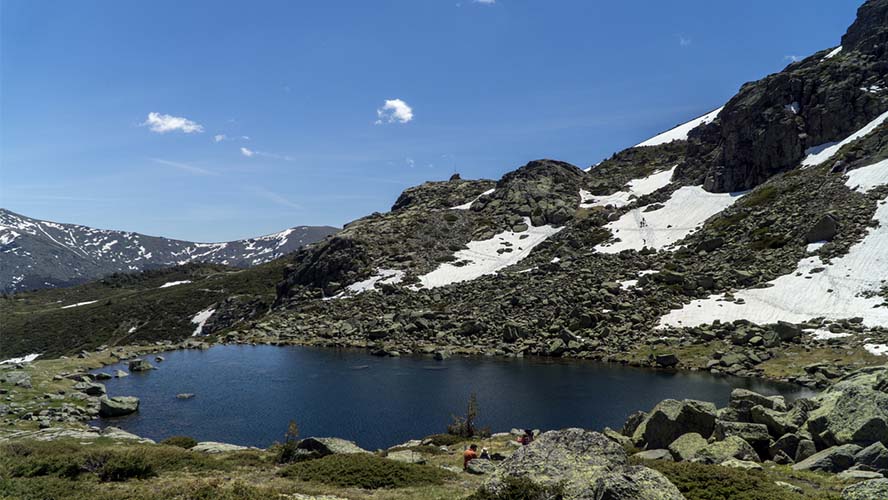
Patones
Few places have as much charm as Patones, which is the perfect choice for a short break from the hustle and bustle of the capital staying in a country house. The village, situated 60 kilometres from Madrid to the north, is divided into Patones de Abajo and Patones de Arriba. From the lower part—the newer and quieter part of the village—you can climb up to the unique Patones de Arriba, a hamlet situated on the top of a hill that is an example of Spain’s so-called black architecture consisting of rural houses built from slate, a common rock in the region. Its narrow winding streets are full of charming spots, taverns, artisan and ecological shops, and workshops dedicated to various manual crafts run by bohemian urbanites who one day decided to up sticks and leave the city behind for good. In the surrounding area are other interesting places such as the now defunct Pontón de la Oliva dam, dating from the nineteenth century, and El Reguerillo cave.
